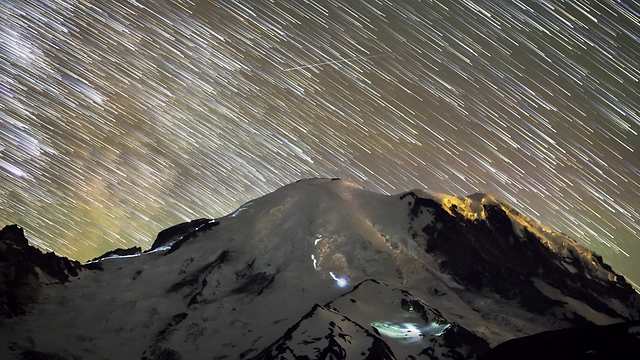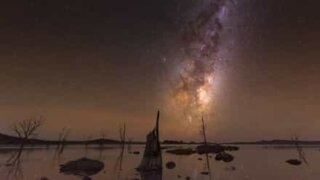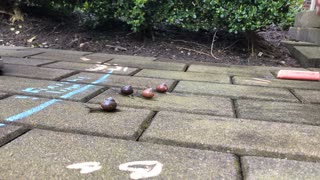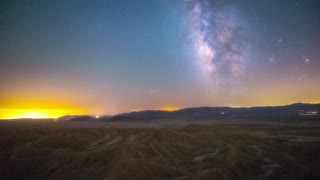Premium Only Content

Mesmerizing Time-Lapse Captures Hikers Under The Milky Way Galaxy
Watch this amazing time-lapse video composed of several hundred images showing the Milky Way Galaxy rising behind Mt. Rainier. As it zooms in, you can see the headlamps of the hikers as they ascend up Mt. Rainier in the middle of the night, under the stars. When put all together the images make one mesmerizing time-lapse video.
This time-lapse was photographed in August of 2017 from around 11pm till 2am by photographer Mike Ver Sprill a.k.a. Milky Way Mike, taken during a New Moon when the sky is usually the darkest. When put all together the images make one mesmerizing time-lapse video.
A local photographer captured a breathtaking view of the Milky Way galaxy descending behind Mount Rainier in the early hours. Watch the gorgeous, mash-up of earth, sky and stars and be amazed!
Mount Rainier is the highest mountain of the Cascade Range of the Pacific Northwest, and the highest mountain in the U.S. state of Washington. It is a large active stratovolcano located 54 miles (87 km) south-southeast of Seattle, in the Mount Rainier National Park. It is the most topographically prominent mountain in the contiguous United States and the Cascade Volcanic Arc, with a summit elevation of 14,411 ft (4,392 m).
Shooting stars are visible streaking across the dark sky, but what about those glowing lights on the mountain itself? They are mountain climbers, using their flash lights as they move up on the mountain in order to see and photograph the Milky Way over Mount Rainier.
Milky Way and Mount Rainier go perfectly together! In order to get a photo of the Milky Way over Mount Rainier you need to be in the right spot at the right time of year. The spot seen in the photographs is a great spot in that it isn't too far of a hike and provides an unobstructed view of the mountain and the milky way. Be sure to check weather conditions as there needs to be a clear sky in order to see the stars. As far as time of year, the Milky Way is best seen in the summer months, but late spring or early fall will work as well.
-
 0:44
0:44
Buzzvideos - EN
4 years agoMesmerizing time-lapse of Milky Way
181 -
 0:36
0:36
ViralHog
4 years ago $2.13 earnedMilky Way Meteor Shower Timelapse
5.82K2 -
 1:14
1:14
ViralHog
4 years ago $1.30 earnedTime-Lapse of Spider Building a Web
13.3K1 -
 0:26
0:26
ViralHog
4 years ago $0.02 earnedTime-Lapse of Huge Houston Protest
686 -
 0:20
0:20
ViralHog
4 years ago $0.13 earnedTime-Lapse of Hoya Mathilde Blooming
6541 -
 7:01
7:01
ViralHog
5 years agoMesmerizing Mandala Creation Time-Lapse
245 -
 0:17
0:17
ViralHog
4 years ago $0.26 earnedA Snail Race over Time-Lapse
613 -
 0:20
0:20
ViralHog
4 years ago $0.38 earnedStabilized-Sky Time-lapse Visualizes Earth's Rotation
5.39K1 -
 1:07
1:07
Benfilm
4 years agoTime lapse captures grasshopper dissection by ants & wasps
18K4 -
 1:48
1:48
ViralHog
4 years agoTime-Lapse Shows Snow Covering Garden Overnight
261